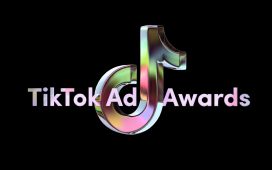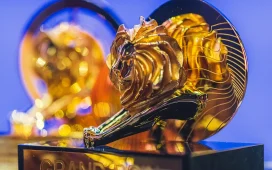 Since the introduced of 4G back in 2009, there has been a steady growth in the number of internet-of-things (IoT) devices. Many factors and industries have driven this growth, with the industrial automation and wearable technologies contributing the highest numbers of IoT devices.
Since the introduced of 4G back in 2009, there has been a steady growth in the number of internet-of-things (IoT) devices. Many factors and industries have driven this growth, with the industrial automation and wearable technologies contributing the highest numbers of IoT devices.
What is interesting is not the number of devices that will boom with the introduction of 5G in 2020, but the quality of the data such devices will generate and the speed at which this data will get collected, processed and analysed. We will see a boom in the “instant gratification” phenomenon, which will lead to a major shift in human behaviour towards more entitlement. These instant gratification moments will exhibit themselves in multiple ways, but there are three main areas where human behaviour will radically shift:
PERSONAL SPACE CONQUEST
The second half of the past decade was filled with IoT devices that changed the way we think, act, behave and live. In the future, innovators will keep introducing devices that will continue to conquer our personal space – and more so with a faster internet and larger bandwidth.
These devices are becoming a way of life. Why go to the gym when your mirror can turn into a digital personal trainer? why visit the supermarket when a dash-button can do the job? Why visit a cardiologist when you have a wrist-mounted ECG monitoring your heart? With 5G, these devices will take the next step in evolution by connecting the end consumer with the professionals and the brands that the consumer wants to connect with.
What is interesting about the personal space conquest is not the fact that the number of IoT devices will grow, or that these devices are becoming more mainstream products. What interests us is the effect of these devices on creative and media agencies, as well as tech providers and brands.
These devices will push creative agencies to start looking at 3D development, virtual reality modelling and interactive media development at scale. Traditional creative software will no longer be enough and creative agencies need to start investing in talent and systems that can cater for such change. As for media agencies, they will have yet another channel to optimise, adding to the already complex media ecosystem with new data to analyse, new KPIs to measure and new ways of connecting brand to consumer.
Khaled Abou Nader, Chief Product Officer, Publicis Media talks on Internet of Things at Campaign’s Marcomms360 conference on Predictions2020
RETAIL DISRUPTION
With businesses being pressured to cut costs, automate and generate higher revenue, the adoption of IoT devices is inevitable. As such, we will see more stores adopting technology that will bring immersive experiences to consumers along with efficiencies to the business. This trend will accelerate the adoption of popup stores, and brands will race to digitise their products and catalogues to cater or the new in-store ecosystem.
Some of the brands that are doing this right range from Lego – which shows the contents of its boxes in VR mode by scanning the Lego box on the in-store camera system – to stores like Zara implementing self-checkout as part of the user journey. With more brands innovating, we will see complete digital changing rooms, where consumers can experience the entire store collection while standing in complete privacy. Consumers will be able to browse and digitally wear outfits over smart mirrors, and to complete the cycle will purchase and get their goods delivered to their house directly as part of a complete commerce ecosystem.
However, technology is not limited to retailers. It will extend to the communities where those retailers exist. Malls in particular will race to start monetising the footfall they generate. Tracking systems will be implemented via beacon technology and bidding platforms will start segmenting consumers and monetising their time at the mall. Such first-party data will prove invaluable if activated correctly. That is the constitution of the value exchange between the community, the retailers and the consumers. Such a value exchange must serve all three parties’ best interests in creating a win-win-win situation.
ECOSYSTEM TRANSFORMATION
At their highest manifestation, IoT devices will transform cities into becoming smarter and autonomous. We have seen Dubai’s commitment to being “Smart Dubai 2021” and more cities are joining this transformation wave. Such commitments from governments, communities or businesses must have purpose. The ultimate purpose of all these parties must revolve around the betterment of human lives by delivering a frictionless consumer experience. With that in mind, we will see more collaboration and integration between platforms and services to deliver on that purpose.
The most advanced of cities will be those where governments are eager to invest, overlook and bypass legacy infrastructure and collaborate with the communities and businesses. We are blessed in way to live in a relatively younger city in Dubai – it offers a relatively blank canvas where the use of technology and IoT devices has been at the forefront of government investments.
As a final thought, ease of use and connectivity are what today’s consumer is looking for. Saving time routine tasks will become their focus, and that is the core value IoT devices bring to humanity.









